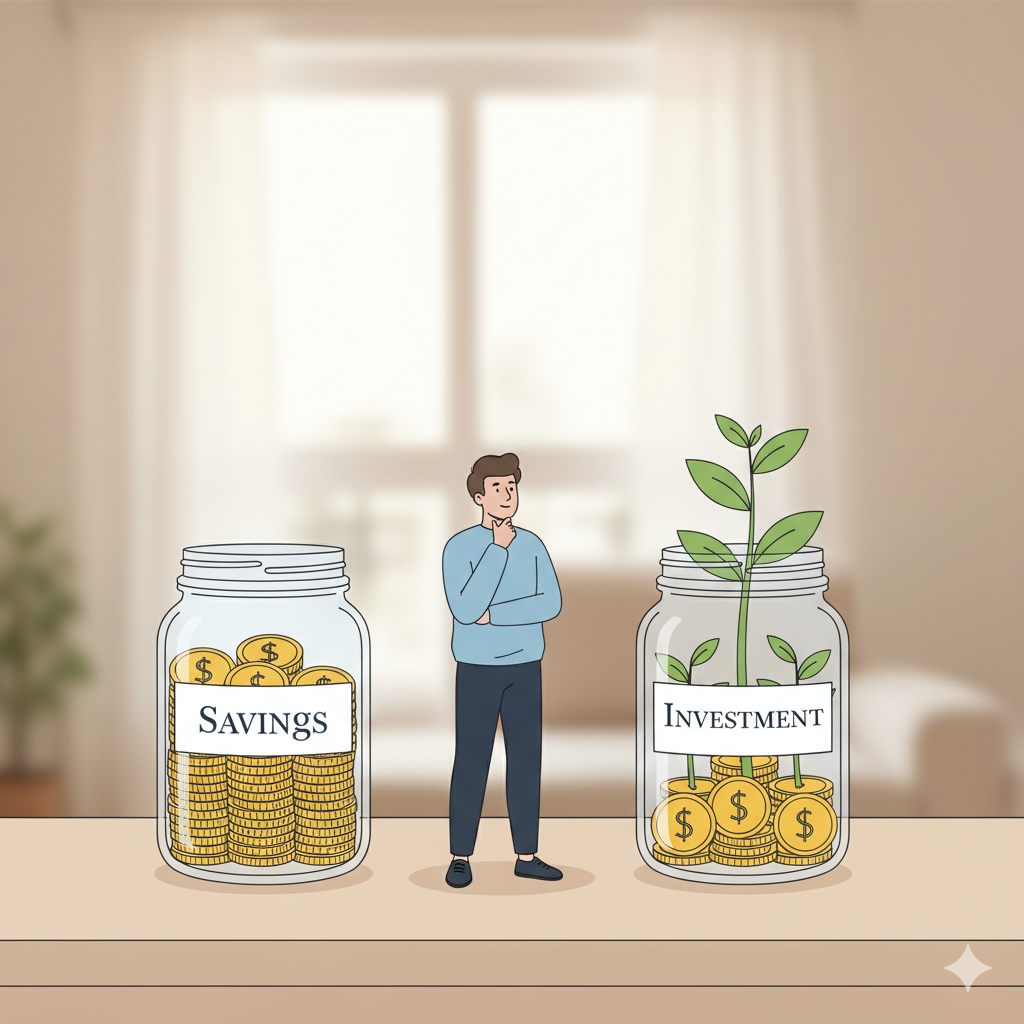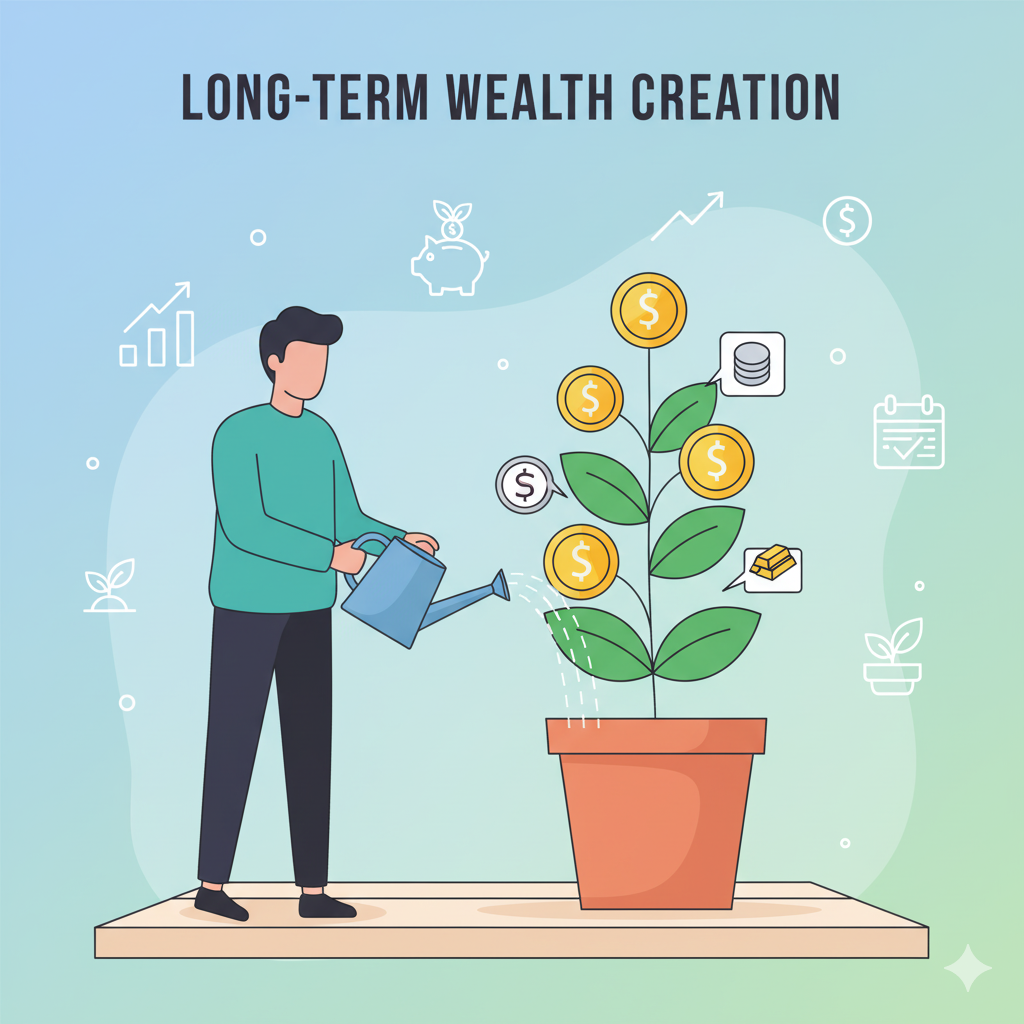Most people use the words saving and investing interchangeably — but in reality, they are very different financial strategies. While both are essential for financial health, understanding when to save and when to invest determines how quickly you build wealth.
Let’s explore how these two work together — and which one helps you reach your goals faster.
1. What Is Saving?
Saving means setting aside money for short-term needs or emergencies.
It’s usually kept in safe, easily accessible places like:
- Savings accounts
- Fixed deposits
- Recurring deposits
💡 Purpose: Liquidity and safety over high returns.
Typical returns on savings range between 3% to 6% annually — enough to preserve money but not to grow it substantially.
2. What Is Investing?
Investing, on the other hand, means putting your money into assets that can grow over time — such as:
- Mutual funds
- Stocks and ETFs
- Bonds or gold
- Real estate
📈 Purpose: Long-term growth through appreciation and compounding.
Returns from good investments can range between 8% to 15% (or more) per year, depending on the risk and duration.
3. The Key Differences
| Factor | Saving | Investing |
|---|---|---|
| Goal | Short-term needs | Long-term wealth |
| Risk | Very low | Moderate to high |
| Liquidity | High | Lower |
| Returns | 3–6% | 8–15%+ |
| Purpose | Safety | Growth |
4. How to Balance Saving and Investing
A smart financial plan includes both. Here’s how to balance them:
- Build an Emergency Fund first (3–6 months’ expenses).
- Save for short-term goals (vacations, gadgets, etc.).
- Invest for long-term goals (retirement, property, children’s education).
💡 Tip: Once your emergency fund is ready, shift excess money toward investments for higher growth.
5. The Wealth-Building Formula
Wealth creation happens when you save consistently and invest wisely.
Saving protects you from uncertainty; investing multiplies your money.
Together, they build financial independence and long-term security.
💡 Conclusion
Savings give you stability; investments give you freedom.
The key is not choosing one over the other — but knowing when to save and when to invest. Once your foundation is secure, let your money work harder than you do through disciplined investing.




